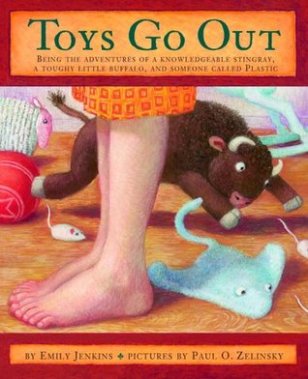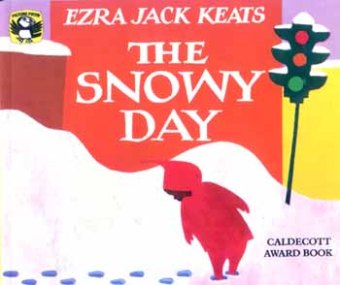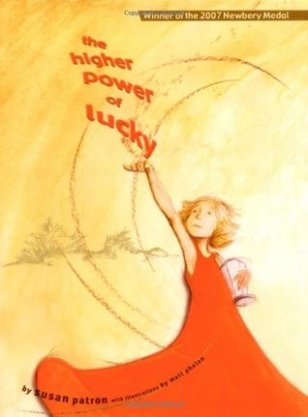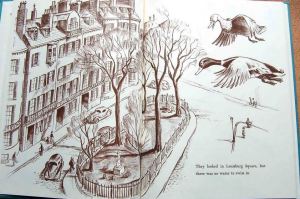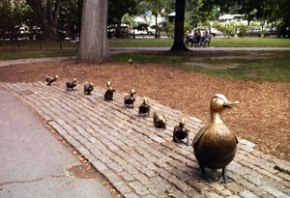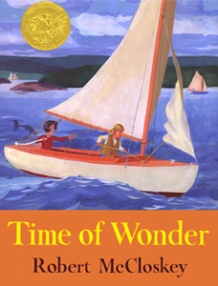If you liked Toy Story, you’ll like Toys Go Out: Being the Adventures of a Knowledgable Stingray, a Toughy Little Buffalo, and Someone Called Plastic. This 2006 chapter book by Emily Jenkins (gorgeously illustrated by Paul O. Zelinsky) will remind you what it’s like to be 9 years old and wonder what happens to your toys when you go to school. The main characters are Plastic, Lumphy the buffalo, and StingRay. The mystery of what type of animal Plastic is makes up one of the first chapters. These three friends have worries that may mirror the struggles of childhood (What am I? Who loves me? What about change?).
This is a light, fun read for elementary school children. It features six chapters, each containing a whole story. One illustration per chapter leaves just enough to the imagination. For some reason, the prose sometimes cuts into free verse for several lines before changing back; I personally found this unnatural, but others may enjoy it. I found it very funny and safe: perfect for a bed time story.
Published by Schwartz & Wade. 128 pages. List Price: $16.95.
